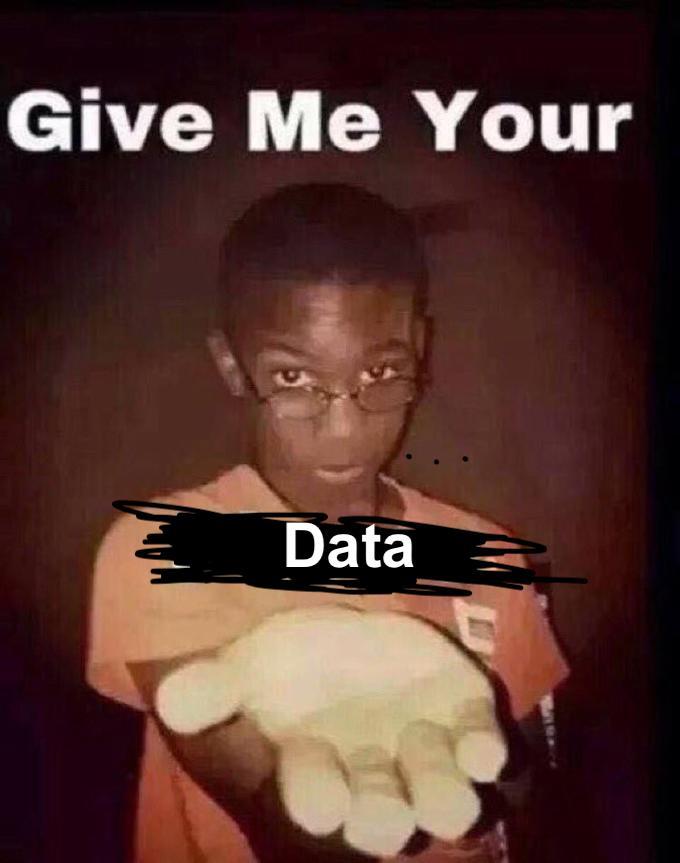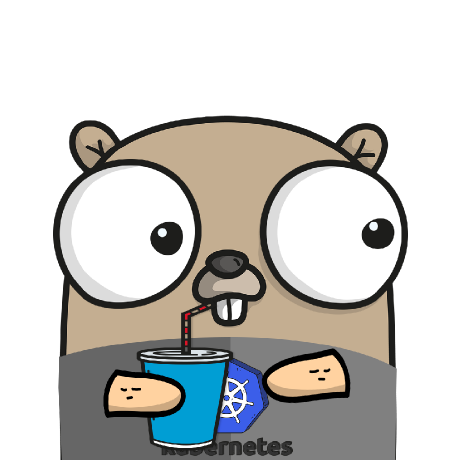So you listened to "Mercy", "Flashing Lights" and "FourFiveSeconds". Now you're looking for inspiration from Kanye? Yeah me too!! In this workshop, you will build a Kanye quote generator. By the end of this workshop, you will learn how to do three things:
- Fetch from an API using web requests
- Parse request data
- Render the data
This workshop assumes some basic knowledge of Python, HTML, and CSS.
Let's get started!
So what's Flask?
Flask is a web application framework for Python. With it, you can super-easily build fully-functioning web APIs. If you don't totally understand what that means, don't worry—you'll begin to understand it as you go along.
Getting started
We're going to be using repl.it, a free, online code editor, to write this workshop. To get started, visit the starter project here. Your coding environment will spin up in a few seconds!
But where's the data?

We're going to pull our Kanye quotes from kanye.rest, a free API that generates random Kanye quotes.
Alright lets do it!
Let's start by importing a few libraries in main.py:
from flask import Flask,render_template
import requests
On the first line, we import Flask and render_template. render_template allows us to return a "template"—in our case, the HTML file in the templates folder—along with some data.
Creating your first Flask route
A route in Flask is how we define paths on our app. An example would be http://hackclub.com/workshops — the route would be /workshops.
Let's create an instance of Flask and create our first route. Under the first two lines you wrote, add:
app = Flask(__name__)
@app.route("/")
def index():
# do stuff here
First, we're assigning a Flask instance to a variable called app. Then, we create our first route.
As you can see, Flask routes are defined with the @flaskinstance.route("/routename")—in our case, @app.route("/routename")— decorator right above a function that runs whenever a user visits the route in their web browser.
Getting that data!

Earlier, we imported the requests module, which we will use to make http requests.
Within the index function, add the following code:
@app.route("/")
def index():
url = "https://api.kanye.rest"
data = requests.get(url)
response = data.json()
quote = response["quote"]
return render_template("index.html",quote=quote)
- We start by declaring a variable
urlwhich holds the url of the API we're trying to fetch - Then, we make an HTTP GET request to the url using the
requestslibrary and assign it to a variabledata - Next, we parse the HTTP response using
data.json()- The response from the API looks something like this:
{"quote":"Sometimes I push the door close button on people running towards the elevator. I just need my own elevator sometimes. My sanctuary."} - Then, we get the "quote" from the HTTP response and assign it to a variable
quote - Finally, we render the data on a webpage using the
render_templatefunction.
Protip!
If you want to see the response you get from `response`, add:print(response)
right after the line that starts with response =.
Rendering the data

By default, Flask looks for any HTML files you pass to the render_template function in a folder called templates. On the sidebar on the left of your repl, click on the folder called templates to open it. Then, open the index.html file inside it. You should see the following code:
<!DOCTYPE html>
<html lang="en">
<head>
<meta charset="UTF-8">
<meta name="viewport" content="width=device-width, initial-scale=1.0">
<link rel="stylesheet" href="https://unpkg.com/blocks.css/dist/blocks.min.css" />
<link rel="stylesheet" href="{{ url_for('static', filename='style.css') }}">
<title>Kanye Quotes</title>
</head>
<body>
<div class="head block">
<h1>Kanye once said</h1>
</div>
<div class="quote block">
<h3> {{ quote }} </h3>
</div>
<a href="{{ url_for('index') }}" class="block refresh round">refresh</a>
</body>
</html>
Flask uses a templating language called jinja. This is how we can pass data and even use things like loops and conditional statements. The begining and end of jinja syntax are denoted by {{ }} or {% %} in the case of things like conditionals.
There are three main parts to pay attention to here:
<link rel="stylesheet" href="{{ url_for('static', filename='style.css') }}">
- Here we use
url_fortell flask to look in the static folder in the current directory and return a file namedstyle.css.
<h3> {{ quote }} </h3>
- Here we render the quote we passed to the
render_templatefunction earlier.
<a href="{{ url_for('index') }}" class="block refresh round">refresh</a>
- Once more use the
url_for()function but this time we pass the name of the function handling the index route since each the page loads it fetches a new quote.
CSS!!!
To make things look a little nicer, open up the style.css file located in the static folder. Feel free to play around with it and add your own styles, or you can use the CSS below:
.head {
margin: 0 auto;
width: 60%;
}
h1 {
text-align: center;
}
.quote {
text-align: center;
font-size: 2em;
margin: 0 auto;
margin-top: 2em;
}
.refresh {
text-decoration: none;
text-align: center;
font-size: 2em;
width: 4em;
margin: 0 auto;
margin-top: 2em;
}
Once you've added your styles, navigate back to main.py and add this to the bottom of the file:
if __name__ == "__main__":
app.run(host="0.0.0.0")
This will make sure our app continuously runs once we run it. The host="0.0.0.0" parameter makes it accessible to everyone on the web.
Here's the final code:
main.py:
from flask import Flask,render_template
import requests
app = Flask(__name__)
@app.route("/")
def index():
url = "https://api.kanye.rest"
data = requests.get(url)
response = data.json()
quote = response["quote"]
return render_template("index.html",quote=quote)
if __name__ == "__main__":
app.run(host="0.0.0.0")
index.html:
<!DOCTYPE html>
<html lang="en">
<head>
<meta charset="UTF-8">
<meta name="viewport" content="width=device-width, initial-scale=1.0">
<link rel="stylesheet" href="https://unpkg.com/blocks.css/dist/blocks.min.css" />
<link rel="stylesheet" href="{{ url_for('static', filename='style.css') }}">
<title>Kanye Quotes</title>
</head>
<body>
<div class="head block">
<h1>Kanye once said</h1>
</div>
<div class="quote block">
<h3> {{ quote }} </h3>
</div>
<a href="{{ url_for('index') }}" class="block refresh round">refresh</a>
</body>
</html>
style.css:
.head {
margin: 0 auto;
width: 60%;
}
h1 {
text-align: center;
}
.quote {
text-align: center;
font-size: 2em;
margin: 0 auto;
margin-top: 2em;
}
.refresh {
text-decoration: none;
text-align: center;
font-size: 2em;
width: 4em;
margin: 0 auto;
margin-top: 2em;
}
To see what you made, click the green "Run" button at the top of your repl.
Yay!!! You did it!!!!
Hacking

Check out what other Hack Clubbers have made!
- Khushraj Rathod used the dad joke API to make a dad joke generator
- Jason Antwi-Appah used a food API to build to build a food suggestion app
Check out this list for other cool APIs you could build stuff with.
The source code for this workshop can be found here
Further resources
- The Flask documentation is super friendly so it's worth checking out.
- If you're more of a visual learner, check out Pretty Printed—they've got some great Flask tutorials.

